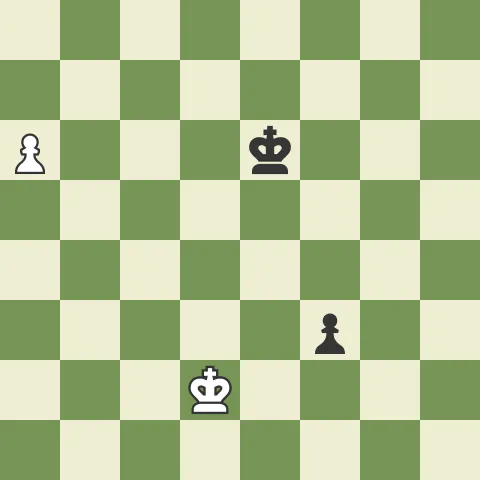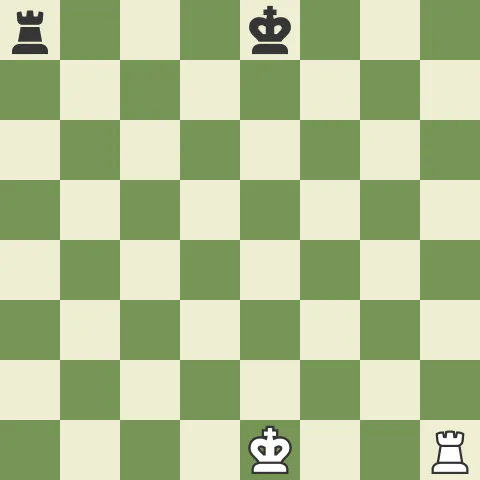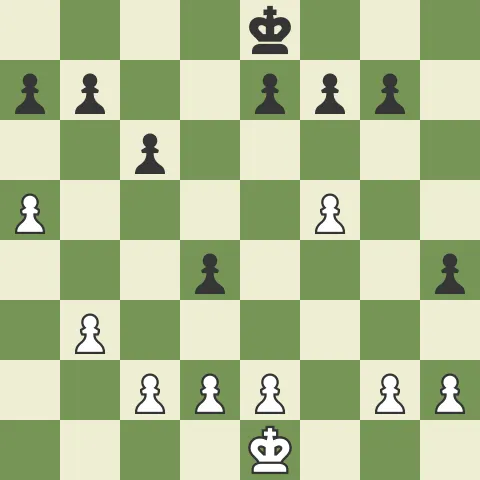Special Moves
There are three special moves that can sometimes be performed in chess.
Castling
The special move castling allows a player to legally break three of the basic movement rules of chess! Normally, a player moves a king only one square, but when castling, it can move two. A rook cannot normally ignore pieces that block it, but when castling, it leaps the king. And finally, a player normally moves one piece on their turn, but when castling, the player moves both their king and rook.
To castle, a player first moves the king two squares to left or right, and then the rook on that side to the adjacent square on the opposite side of the king.
A player may only castle if:
Their king has not yet moved,
The rook on the side they wish to castle has not yet moved,
There are no pieces between the king and rook; and,
Castling does not cause the king to move out of check, through check, or into check.
Pawn Promotion
When your pawn reaches the opponent’s end of the board (8th rank for white, 1st rank for black), it would be quite silly if it remained a pawn and was simply stuck and unable to contribute to the battle! Fortunately, the rules chess reward a pawn that penetrates deeply into enemy territory with a promotion.
When a pawn reaches the opponent’s end of the board, it must be promoted.
The player may choose which piece the pawn promotes to: knight, bishop, rook, or queen.
The pawn is replaced with the piece to which it is promoted on the promotion square.

Some new players misunderstand this rule and believe that promoted pawns can only “get back” or “revive” captured pieces. This is not true! A pawn may be promoted to any piece regardless of what has been captured. A common example of this is a player promoting a pawn to have two queens.
Most players will choose to promote to a queen in most situations, as it is the most powerful piece. However, some positions may call for an “underpromotion” to a rook or knight, and this is a common theme in chess puzzles.
En Passant
The special pawn move en passant exists because of rules changes that led to the codification of the modern rules of chess. Originally, a pawn could only move one square forwards, even on its first move. This meant that pawns on the fifth rank would always have an opportunity to capture adjacent pawns moved forward by the opponent. However, since the rules of chess were changed to allow each pawn to move two square on its first move, the en passant rule preserves this capturing opportunity.
En passant is French for “in passing,” and it is the only special move that allows for the capture of a piece without moving onto its square.
A player may capture with a pawn en passant if and only if:
They have a pawn on their fifth rank (5th for white and 4th for black).
Their opponent moves an adjacent pawn two squares forwards, passing the pawn on the fifth rank.
The en passant capture is performed by removing the opponent’s pawn that moved two squares and moving your capturing pawn diagonally forward one square.
This move must be executed immediately after the pawn passes the fifth rank pawn. If the opportunity to capture en passant is not taken immediately, the player loses the right to make the special move.


